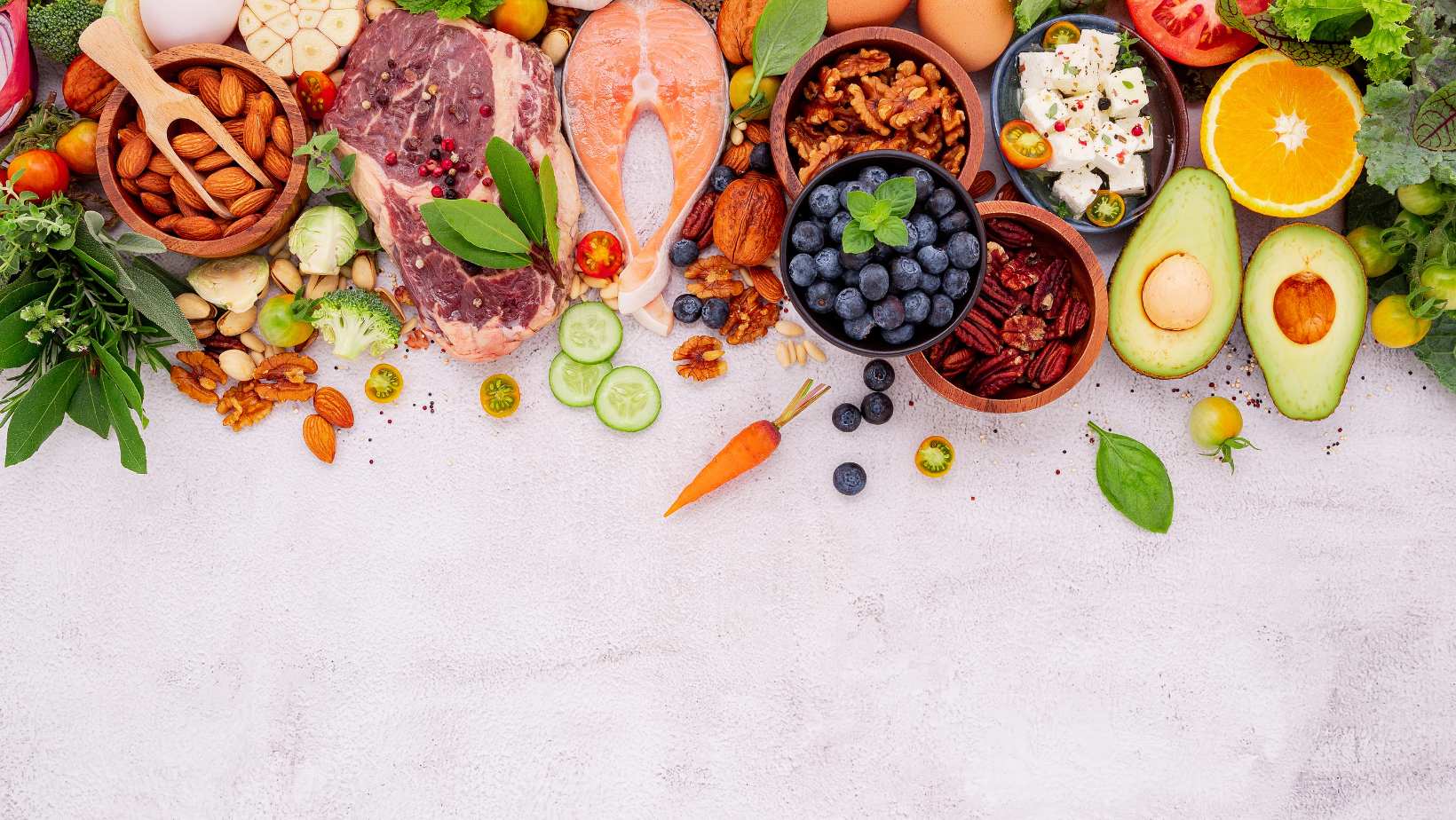
Navigating through the world of diets can often feel like traversing a minefield, especially when you’re dealing with dietary restrictions such as lactose intolerance. The ketogenic diet, or keto for short, is currently riding a wave of popularity. However, if you’re lactose intolerant, you might be wondering how viable this high-fat, low-carb diet actually is for you.
Before delving into the specifics of keto for lactose intolerance, it’s important to understand what these terms mean individually. Keto refers to a diet that shifts your body’s metabolic state from burning glucose (sugar) as its primary energy source to burning fat instead. This process produces compounds called ketones, hence the name “ketogenic.”
On the other hand, being lactose intolerant means your body cannot fully digest sugars (lactose) in dairy products. It doesn’t necessarily mean dairy is off-limits entirely – some people can tolerate small amounts while others must avoid it completely. Now let’s see how these two concepts intersect and whether they can coexist harmoniously in one’s lifestyle.
Keto For Lactose Intolerance
Let’s dive into a topic that’s been stirring up quite some buzz lately: keto for lactose intolerance. Some people find themselves sensitive to dairy products, and it can be a real challenge figuring out what to eat. But don’t fret, I’ve got some insights that might just help those of you who are in this boat.
Recognizing Lactose Intolerance Symptoms
First things first, let’s get clear on what we’re dealing with here. Lactose intolerance is a digestive disorder where your body can’t digest lactose – a sugar found in milk and other dairy products. Common symptoms include bloating, diarrhea, abdominal cramps and nausea. If you’ve noticed any of these after consuming dairy, you might be one among the 65% of the world’s population who have reduced ability to digest lactose post-infancy.
Implementing Keto Diet for Lactose Intolerance
Now onto the main event: how does the ketogenic or ‘keto’ diet factor into all this? The keto diet is high-fat, low-carb eating plan designed to put your body in a state of ketosis. This means burning fat for energy instead of carbs. Dairy products like cheese and butter are often part of a typical keto menu because they’re high in fats yet low in carbs.
But if you’re lactose intolerant, don’t worry! You can still do keto without having to gulp down glasses of milk or snack on cheese cubes all day long. There are plenty non-dairy options rich in healthy fats such as avocados, coconut oil, olive oil and fatty fish like salmon.
The Impact of Keto on Lactose Digestion
So here’s where it gets interesting – there may be benefits from going keto even if you’re lactose intolerant! By focusing on high-fat foods and minimizing carb intake, folks on a keto diet usually consume less lactose. This can potentially reduce the symptoms of lactose intolerance.
Keto For Lactose Intolerance: Is It Possible?
When it comes to managing lactose intolerance, I’ve found that the ketogenic (or “keto”) diet can be a game-changer. You may wonder, “Is keto for lactose intolerance really possible?” And the answer is a resounding yes! Let me explain why.
Lactose intolerance is when your body can’t digest lactose, a sugar found in milk and dairy products. It’s not uncommon for folks with this condition to experience bloating, diarrhea or stomach cramps after consuming these foods. Now here’s where the beauty of the keto diet comes into play.
The ketogenic diet is a low-carb, high-fat diet that pushes your body into a metabolic state called ketosis. In ketosis, your body burns fat instead of carbs for energy. A key advantage here is that most keto-friendly foods are naturally low in lactose since they’re focused on proteins and fats rather than dairy-based carbohydrates.
Here’s what my typical day on a keto meal plan might look like:
- Breakfast: Avocado and eggs
- Lunch: Grilled chicken salad with olive oil dressing
- Dinner: Steak with grilled veggies
- Snacks: Nuts or seeds
As you can see from my daily menu, there’s no room for cheese slices or yogurt cups–common triggers for those of us with lactose intolerance.
Of course, every person’s tolerance level varies so it’s important to listen to your own body when adopting any new dietary changes. As always, consulting with a healthcare professional before starting any new diet regimen would be wise.
So there you have it! If you’re struggling with digestive discomfort due to lactose intolerance and are wondering if going ‘keto’ could help manage symptoms – well, I’m living proof that it certainly can! While we all need some carbs in our diets, reducing them significantly as per the keto diet often means less lactose, which equals fewer symptoms for those of us with lactose intolerance.

